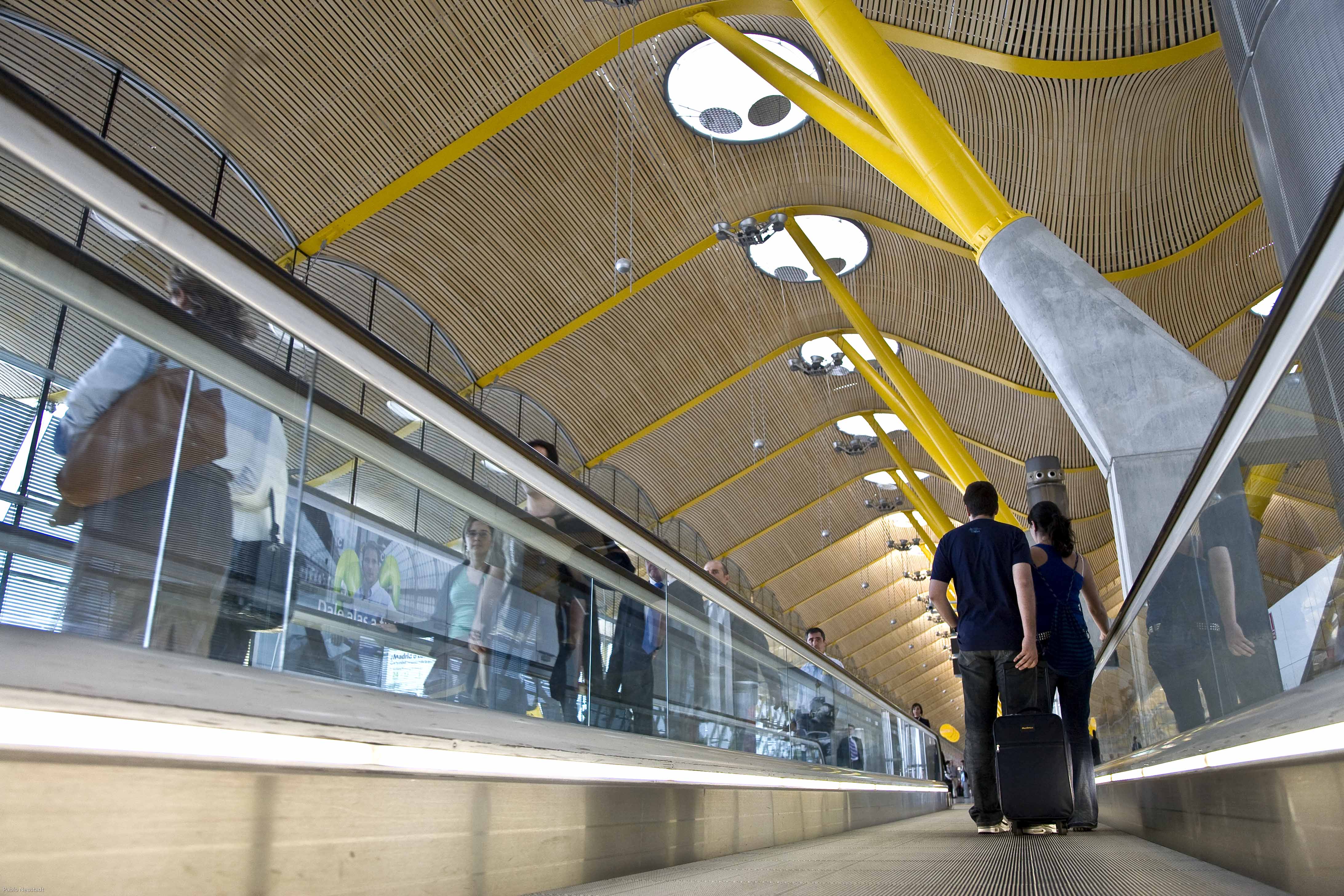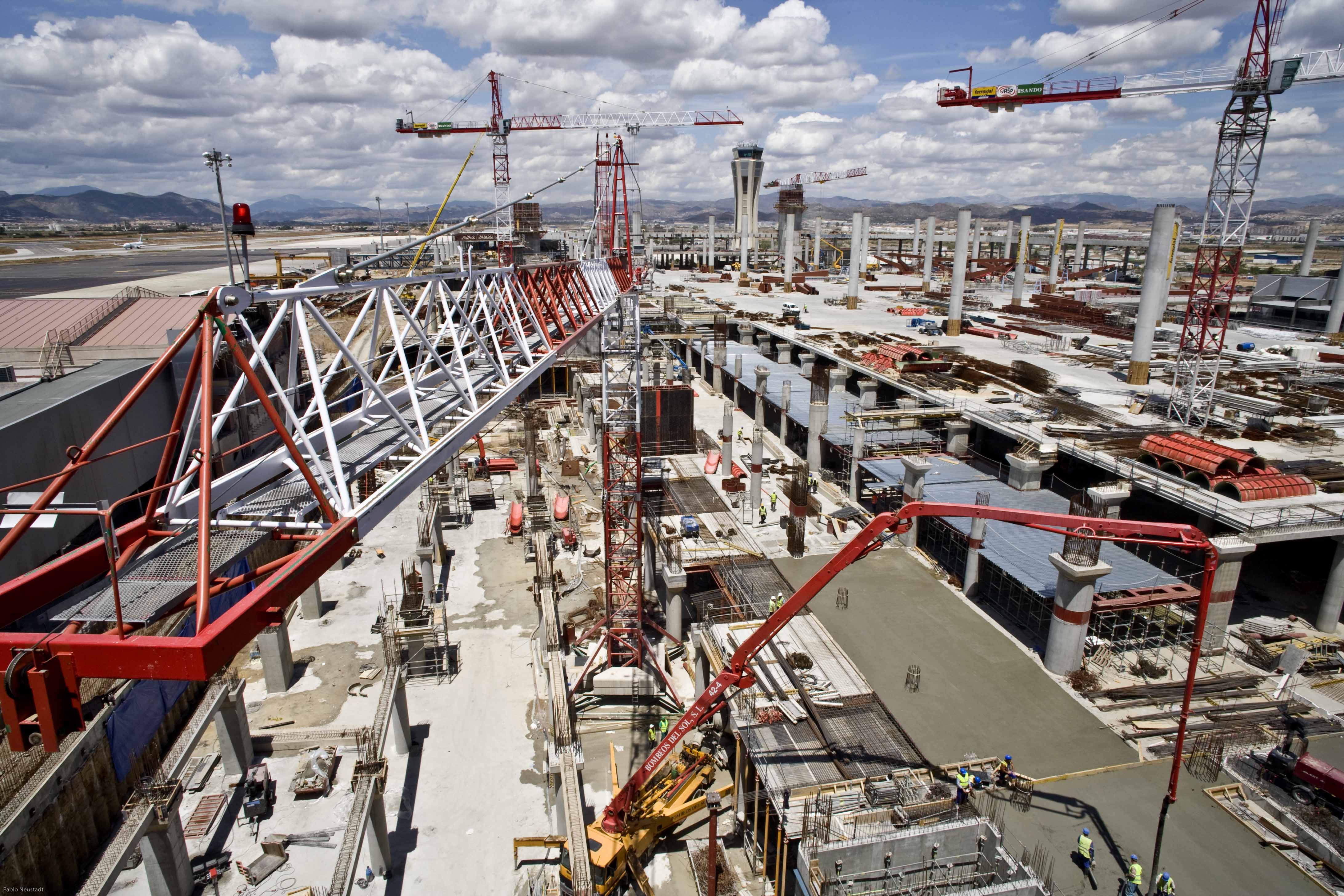# Ineco
Impulsa
The Spanish Air Transport Model. An Analysis of Its Efficiency and Sustainability.

Spain as a Global Benchmark
The Spanish air market consistently accounts for more than 3% of global passenger volume, making it the leading air market in Europe for the first time since the pandemic and the third largest worldwide in terms of international traffic.
Air transport in Spain represents 10.8% of GDP and more than 2 million jobs.
Spain ranks third in Europe in total connectivity and sixth in direct connectivity.
A Successful Model of Competitiveness and Efficiency
Spain maintains a strong position in the global air transport landscape. According to forecasts from the main international organizations in the sector, it will continue to be a top-tier origin and destination, consistently ranking among the top 5 most important air markets in the coming years.
The rapid recovery of the Spanish airport network following the pandemic is reflected in the figures achieved: in 2023, it served more passengers than in 2019, also reaching another record of 309.3 million passengers and 2.36 million operations in 2024.


Key Factors Explaining the Spanish Case
The Spanish air transport model is characterized by technical, political, and social consensus. Spain has experienced orderly growth of its airport network, increasing traffic by 350% over the past 30 years.
It has a solid regulatory framework that ensures balanced and efficient development, with independent bodies promoting operational efficiency and service quality. Furthermore, the institutional model is designed to ensure the system’s stability, transparency, and efficiency.
The Global Challenge: Sustainability
It is essential to consider rigorous information that accurately measures the contribution of air transport to greenhouse gas emissions. To this end, providing a cumulative calculation from the perspective of infrastructure and a comprehensive analysis of its life cycle is crucial.

The Spanish Air Transport Model









